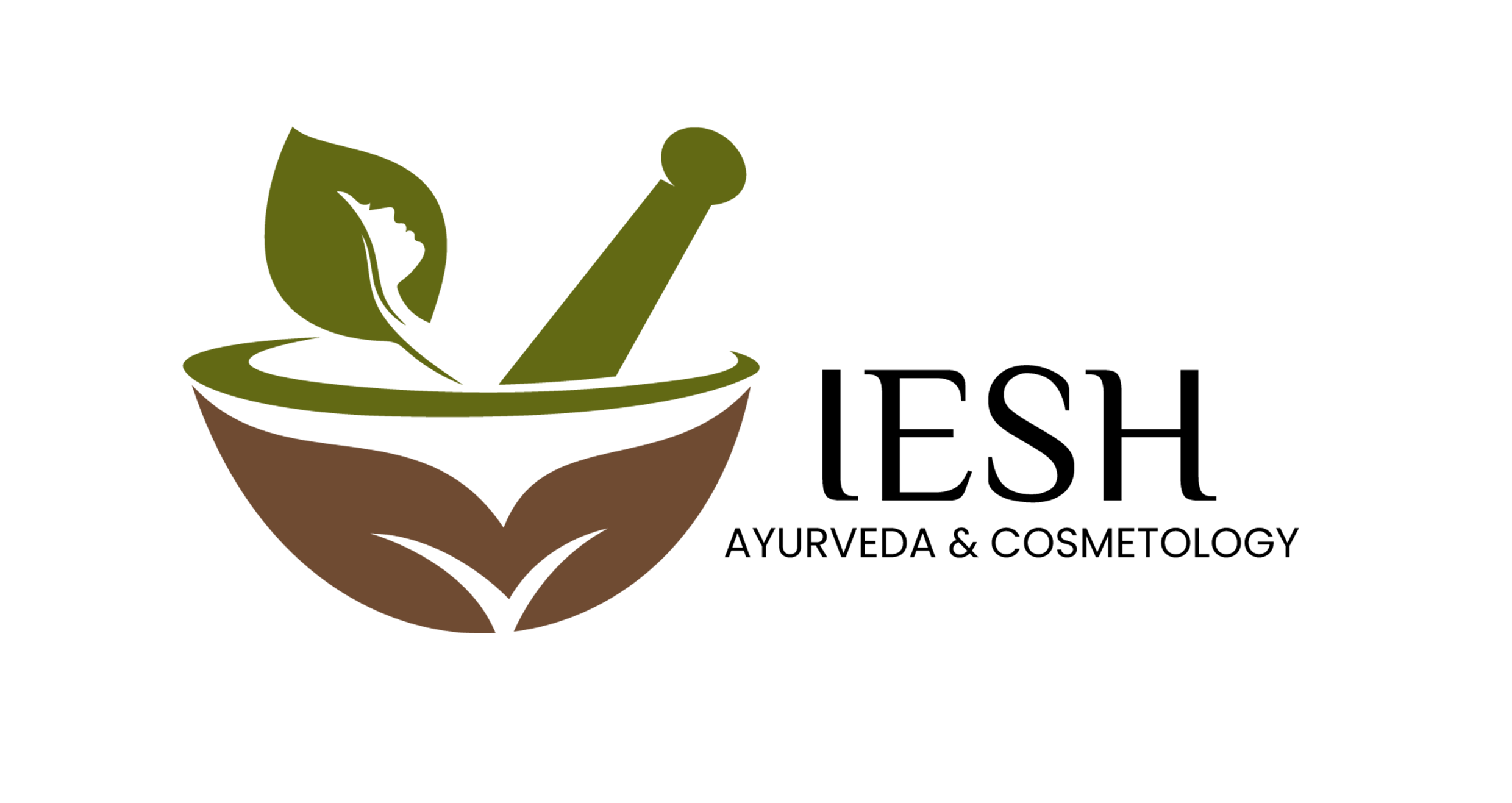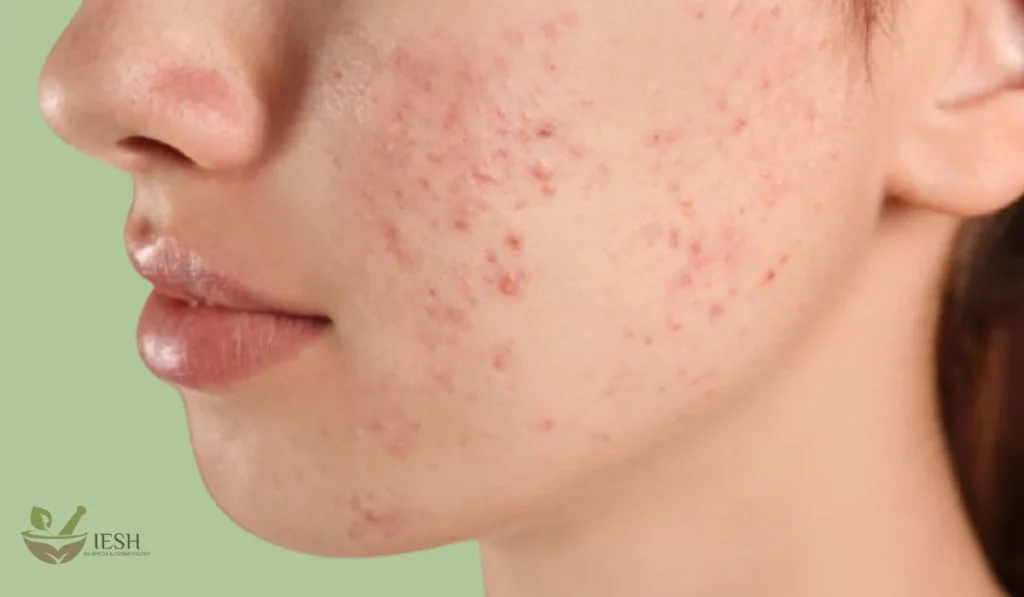Acne scars are marks left behind when breakouts are old. They usually develop when the acne is intense or inflamed, whereby the skin tissue is scarred very deeply. Acne is not pleasant, and its effects can be long-lasting, extending beyond the surface.
The formation of scars is a natural part of the skin’s healing process. Acne lesions may destroy the skin or the sub-skin tissue when they go deep into the skin. An excess or lack of collagen when the body attempts to repair this damage can produce a pitted, raised, or scar of a different colour.
Acne Scars Treatment – What Really Works?
The self-confidence, mental stability, and overall well-being, together with the physical appearance, may also be disrupted by acne scarring. The poor texture of skin or an irregular complexion can embarrass people or frustrate them and feel less worthy or experience an act of social anxiety.
Be it a person with long-standing case of scarring and redness problem after having acquired an acne condition or a person having just got acquainted with the consequences of acne condition, it will useful to you to peruse through this guide as it goes in exploring the origin, the type of scarring with variants, and the latest in modern day cures on how you can arrest and treat acne scars – thus, take that initial step towards healthy and clear skin.
What Causes Acne Scars?
The reasons behind the scars caused by acne can be mainly attributed to the way the skin reacts to inflammatory acne – the type of acne that leaves the skin swollen, red and even painful in the form of papules, pustules, cysts or nodules. A penetration of this kind of acne to the deep parts of the skin causes damage to the underlying layer of the skin. In an attempt to heal such damages, the body may develop scars based on the mode of skin healing.
In the healing process, collagen is also produced- a protein that provides the skin structure and strength. In case the body forms excessive collagen, this may cause raised scars. Conversely, when there is an insufficient amount of collagen, then there are depressions or pits on the skin (atrophic scars).
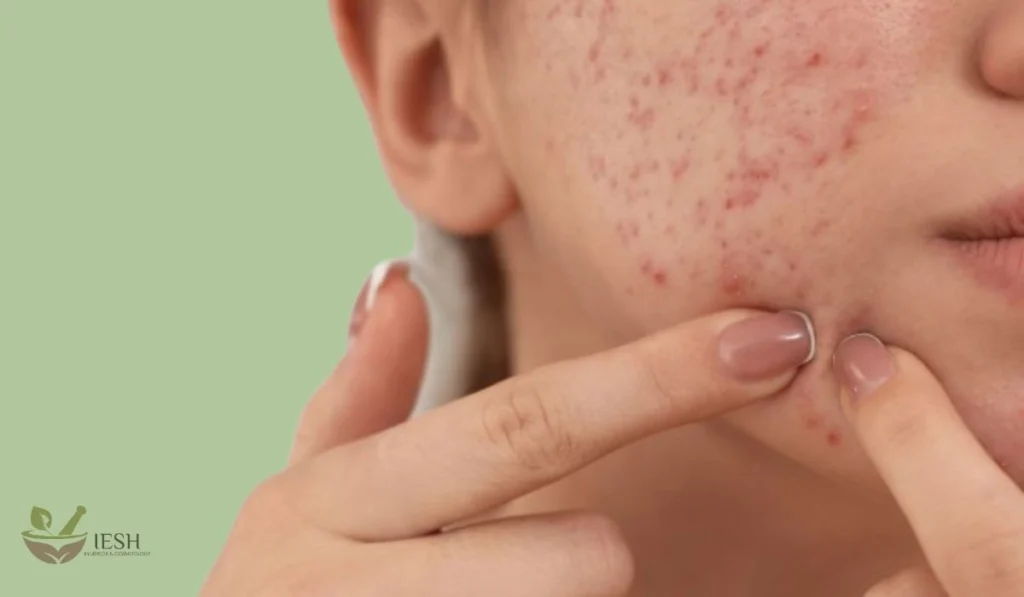
The reasons behind the acne scar development are associated with several factors:
- Picking or Squeezing Pimples: It is one of the common factors. Active acne is inflamed, making a person tinker with an acne makes it more difficult to heal and highly susceptible to scarring.
- Genetics: Your scar propensity can be hereditary. In case your close relatives had previous problems with acne scarring, it might increase your likelihood of scarring, as well.
- Skin Type & Tone: Some skin types are more prone to certain scar forms and others are not. To take a specific example, darker individual skin colour may get more post-inflammatory hyperpigmentation (dark spots), whereas more redness or texture changes may appear in lighter skin.
- Severity & Duration of Acne: The longer the acne and the more severe the acne the greater the possibilities of permanently scarring that area.
The causes of acne scars should first be understood to have the right treatment and prevention methods. You can prevent long-term scars by seeking the treatment of the acne early and avoiding any forms of behaviour that lead to long-term scars, such as pimple picking and pimple popping.
Different Types of Acne Scars Removal
All acne scars are not identical, as there are several different types of scars, all having distinct features based on the way the skin is healed after the breakout. When seeking treatments, it is necessary to learn about these differences.
1. Ice Pick Scars
They appear as deep, narrow and V-shaped scars which go further into the deeper layer of the skin. They appear like small holes or scratch marks with the skin pierced by a sharp object. The deepest scars are those of an ice pick nature and are among the hardest to heal.
2. Boxcar Scars
Boxcar scars are wide, rectangular-shaped shaped and well-defined scar lines. They are usually shallow or medium deep and most of them are located on the cheeks. These scars make the surface look pitted, as is the appearance of scars caused by chickenpox.
3. Rolling Scars
The rolling scars are noticed in the waves or undulations of the skin surface, where the fibrous bands of tissues are pulling on the skin due to the pressure. They cause an irregular texture and are usually wide and shallow, giving the skin a wavy or rolling appearance.
4. Hypertrophic & Keloid Scars
These are raised and thickened as compared to the other acne scars because of the overproduction of collagen in the healing process.
- Hypertrophic scars are limited by the borders of the acne lesion.
- Keloid scars, however, may expand beyond the affected zone and they can be painful or itchy. They are frequent with individuals who have darker skin.
5. Atrophic Scars
The general appearance of sunken/indented type of scar, the likes of ice pick, boxcar and rolling scars. Atrophic scars appear as a hollowed-out area on the surface of the skin because of the loss of tissue that takes place during the healing process.
Treatment Options for Acne Scars – Effective Solutions
As far as acne scar treatments are concerned, there is not a single universal solution. The correct treatment would depend on the nature of the scar, as well as the scarring depth and the type of skin. Let’s explore professional ways to remove acne scars and what is the natural way that can be used to minimise the signs of scars and give the skin a better texture? Let’s explore it.
Topical Treatments
In cases of mild scarring or early-stage marks, one can find topical treatments to correct skin tone and texture gradually.
- Retinoids: They are derivatives of vitamin A, which serve to promote cells, improve the production of collagen, and eventually diminish the manifestation of scars. They are effective on atrophic scars and discolouration.
- Vitamin C Serums: These serums make the skin smooth without dark spots, brighten skin and possess antioxidant benefits to protect the skin against all the ill-effects of the environment.
- AHAs / BHAs (Alpha & Beta Hydroxy Acids): AHA and BHA are exfoliants which help with problems such as dead-skin removal, textural equalising and the clearing of clogged pores. AHAs (including glycolic acid) serve skin tissue scars well, whereas BHAs ( including salicylic acid) work deeper in oily, acne-prone skin.
- Scar Creams: These are substances, very special creams which generally contain the properties of silicone, allantoin or extract of onions which can soften the raised portions of the scars, and reduce their appearance as they are used regularly.
Before and After Results of Acne Scars
When exploring acne scars before and after such a treatment, one has to compose realistic expectations. Although treatments are not always able to clear up scars fully, they can usually provide major breakthroughs in skin texture, skin tone and general looks.
The outcomes differ based on the type of scar, scar severity and treatment of choice. Other forms of treatment, such as topical solutions such as retinoids and vitamin C might take 8 to 12 weeks to bring forth any gradual changes, whereas more professional solutions like microneedling, chemical peels or laser therapy can be seen to show visible results in a couple of weeks to months. Others such as dermal fillers provide a quick fix solution but are temporary.
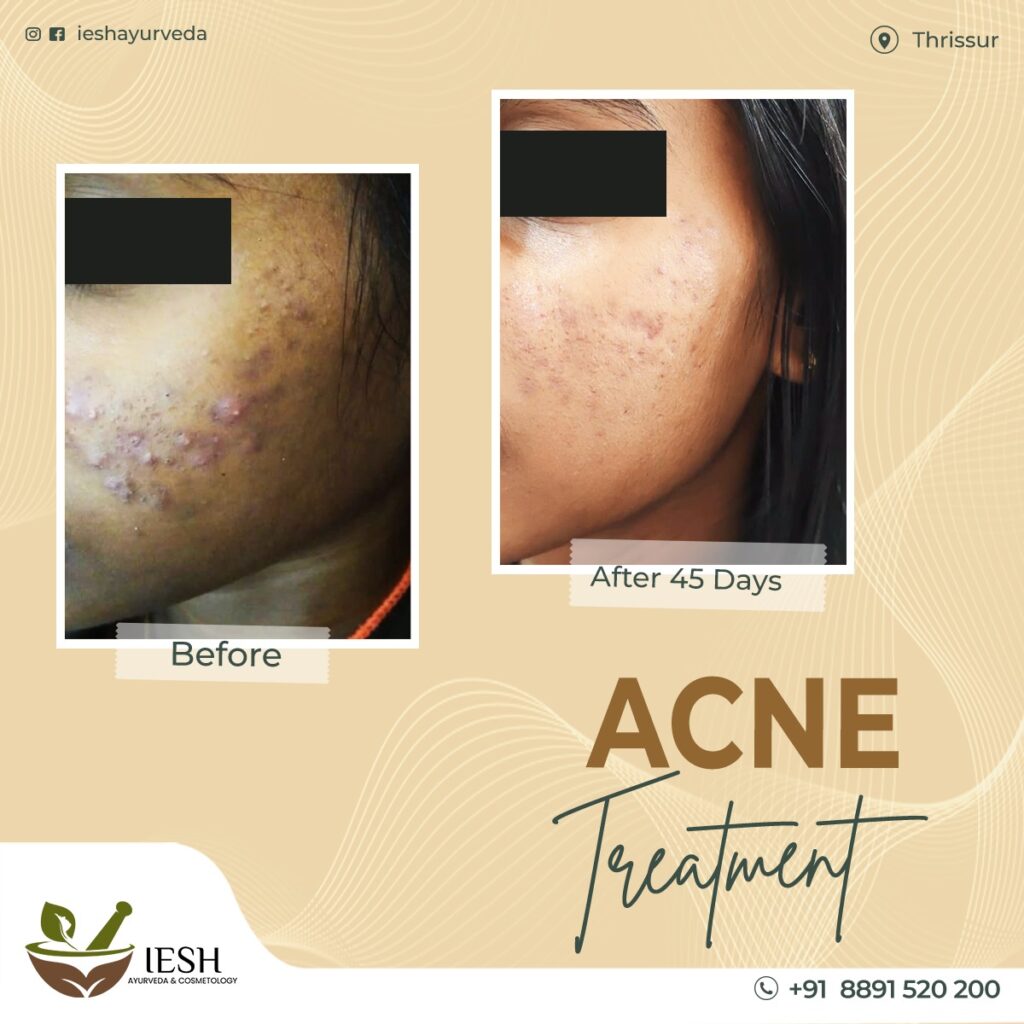
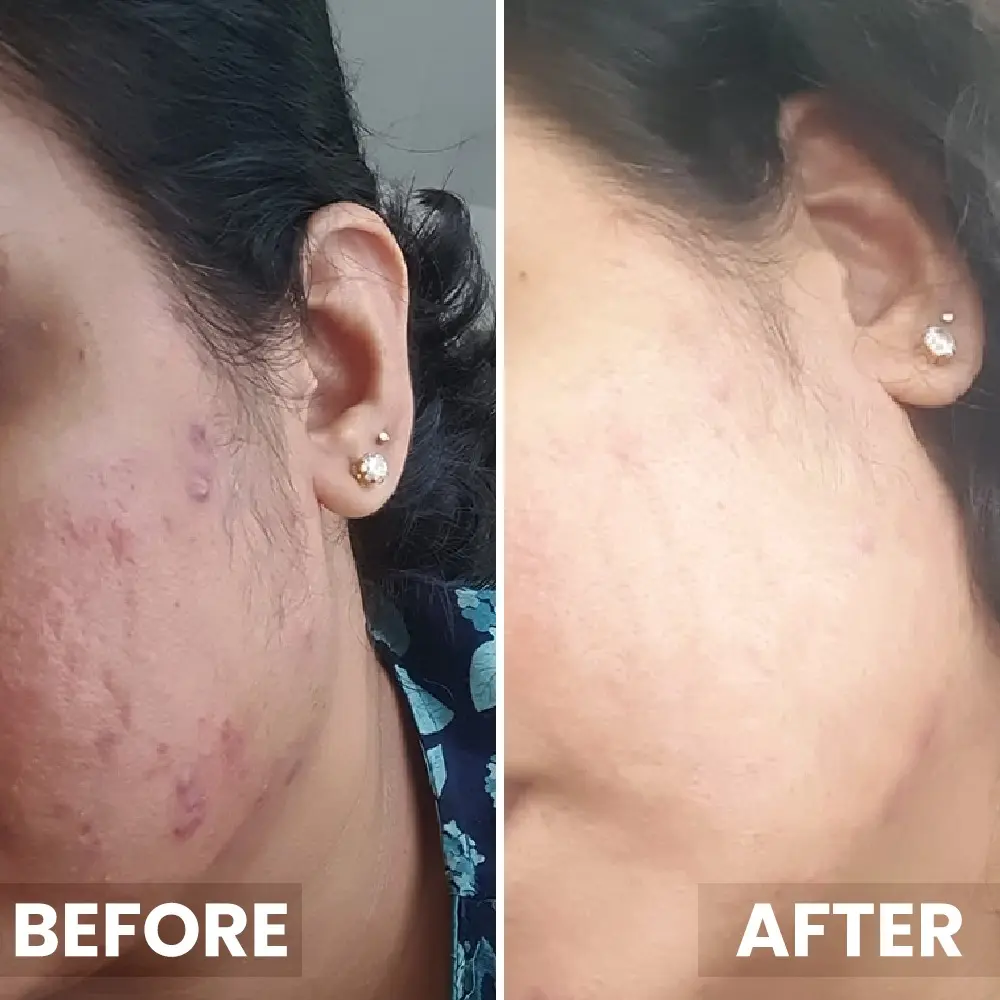
Approximate acne scar removal cost in the market
The acne scar removal treatment cost may range significantly, and it also depends on the mode of treatment and the intensity of the scars. Professional therapies such as microneedling could cost as little as 3000 to 8000 rupees in one sitting, and chemical peels 2000 to 5000 rupees on average.
More effective (and advanced) but expensive laser therapy may cost between 8000 and 25000 rupees per session or more (depending on the kind of laser treatment). Dermal fillers that can achieve short-term relief of depressed scars can range in price from 15,000 rupees to 30,000 rupees per procedure.
Various factors determine the overall cost of acne scar removal, such as the reputation of the clinic, experience of the dermatologist handling the operations, location and of course, the number of sessions that you will have to take.
In the case of moderate and severe scarring, it may require multiple sessions, which may raise the total cost considerably. The most accurate method to gain a cost-efficient plan using individualised consultation of a skin expert is to consult with a skin expert.
Prevention Tips: How to Avoid Acne Scarring?
It is only prudent that in the case of how to prevent acne scars, the secret is to treat the acne as early as possible and to pay constant attention to their skin. Acne treatment at an early stage reduces the risk of inflammation, which is the biggest cause of scarring. To minimise the damage caused to the skin, you should just keep your skincare routine balanced, use the products recommended by dermatologists and disregard acne scars. When you address acne earlier, the lower the risk of persistent stains.
It is also important not to give in to the urge of even poking or squeezing pimples since this would make the bacteria deeper, even more into the skin, and even cause more swelling and hence leave characteristic scar marks that could never be erased. Sun exposure of the skin also requires protection on a daily basis, where UV rays can cause darkening of scar cells and enhance healing.
To maintain it and speed up the process, it will be helpful to use non-comedogenic skin care, wash and clear the face, as well as use proper moisturisers.
Prevention of acne scars not only preserves your skin but it saves you time, money and the headache of dealing with long-term scarring.
Myths and Facts About Acne Scars
Myth: Acne scars will go away on their own
Fact: Although some dark lesions may clear eventually (with time), very often, acne lesions, which are caused by actual acne scars, i.e., ice pick scars, boxcar scars, hypertrophic scars, tend to require professional assistance in minimising. Otherwise, they may remain there infinity.
Myth: Home remedies can permanently remove acne scars
Fact: Home-care products like aloe vera, honey or plain creams may help alleviate the skin and in minor cases, surface stains may clear out, but not the textured or deep scars.
Permanent improvement should be achieved through professional treatment. IESH Ayurveda Skin Clinic in Thrissur offers the best services, and Dr. Divya, the leading dermatologist in Thrissur, provides expert guidance. If you’re looking for a permanent solution, IESH Ayurveda is the best choice — the most trusted Ayurvedic skin and hair clinic in Thrissur.
Myth: Only severe acne causes scarring
Fact: In some cases, even moderate or infrequent acne may result in a scar when they are picked or squeezed or when left untreated. It is important to manage this acne at an early stage to minimise the chances of getting any scars.
Myth: Tanning can help fade acne scars
Truth: Sun exposure may aggravate scars and pigmentation making them more disfiguring and obvious. Daily sunscreen use is necessary to prevent scarring and the healing of the wound.
Myth: All acne scars are the same
Fact: The acne scars fall under various categories (ice pick, box car, rolling, hypertrophic, and keloid) and each of them has to be treated differently to achieve optimal results.
FAQs About Acne Scars
How long do acne scars last?
When untreated, acne scars may take months or even years to heal. Whereas lighter discolouration (post-inflammatory hyperpigmentation) might disappear with time, deeper scars (ice pick or boxcar scars) usually demand specific treatments to enhance and are not likely to disappear automatically.
What is the fastest way to fade acne scars?
The fastest therapy to have acne removal consists of professional procedures, i.e. laser treatment, chemical peel, or microneedling, depending on the kind of scar.
Can old acne scars be treated?
Yes, old acne scars are something that could be easily treated. Newer scars react faster, but even old scars can be improved significantly depending on the depth and the extent using laser resurfacing, subcision or the use of dermal fillers as an option.
What is the best treatment for dark acne marks?
Pigmentation topical treatment products with vitamin C, niacinamide, or glycolic acid are effective in the treatment of dark acne marks (hyperpigmentation). In order to achieve a faster effect, chemical peels and laser treatments provided by dermatologists work remarkably well.
Acne scars are annoying and severely impact the confidence of the person, yet once they learn about the causes, types, and available treatment approaches, the recovery begins not only physically but also emotionally. Whether by way of topical solutions or professional treatments, or diy home remedy or preventive measures and at-home care, there are a variety of ways to go about removing or rectifying wrinkles and attaining clearer skin.
Usually, minimal scars tend to fade away as time goes on, the ones that appear deep or those that are stubborn usually need professional care in the majority.
The best effects can be reached by seeking the help of an experienced dermatologist who will examine your type of skin and prescribe the treatment. Attractive, clean, and confident skin is possible through patience, continuity and proper care.
